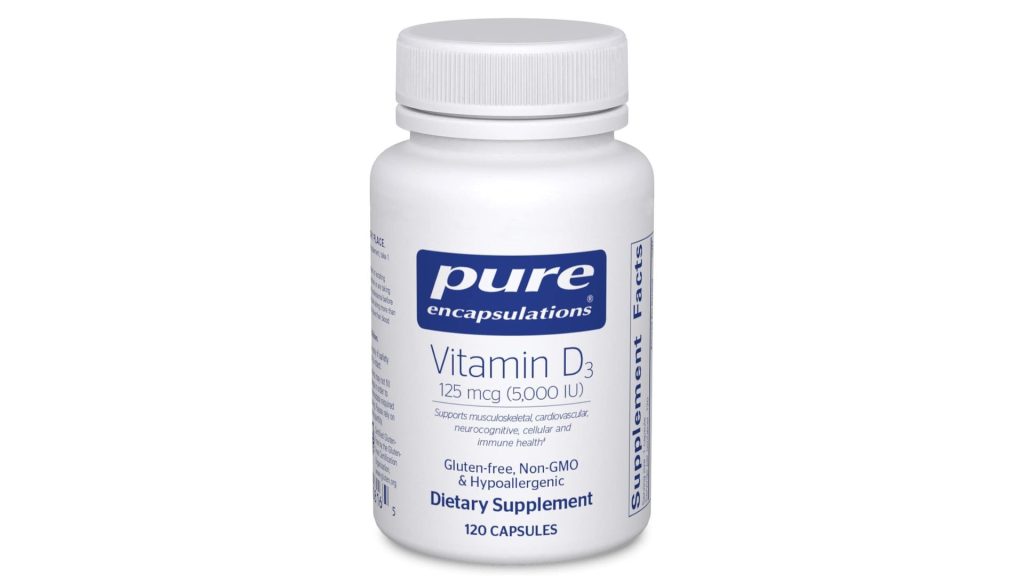
Vitamin D Deficiency: Signs, Symptoms, and Solutions
Table of Contents
Vitamin D, often referred to as the “sunshine vitamin,” plays a crucial role in maintaining overall health and well-being. It is essential for calcium absorption, bone health, immune function, and various other physiological processes.
Despite its importance, vitamin D deficiency is a widespread issue affecting millions of people worldwide. This article will explore the major signs and symptoms of low vitamin D levels and suggest various ways to address and prevent this deficiency.
Major Signs and Symptoms of Low Vitamin D
1. Bone Pain and Muscle Weakness
One of the most common symptoms of vitamin D deficiency is bone pain and muscle weakness. Vitamin D is vital for calcium absorption, which is necessary for maintaining strong bones. Without adequate vitamin D, bones can become thin, brittle, or misshapen.
This can lead to conditions such as osteomalacia (softening of the bones) in adults and rickets in children. Individuals with low vitamin D levels may experience dull, aching pain in their bones, particularly in the lower back, pelvis, hips, legs, and ribs. Muscle weakness is also common and can affect balance and overall mobility.
2. Fatigue and Tiredness
Persistent fatigue and tiredness can be a sign of vitamin D deficiency. While many factors can contribute to fatigue, low levels of vitamin D have been linked to decreased energy levels and overall feelings of tiredness.
This symptom can significantly impact daily activities and quality of life. Studies have shown that individuals with low vitamin D levels are more likely to experience chronic fatigue, even when getting sufficient sleep.
3. Frequent Infections and Illnesses
Vitamin D plays a crucial role in supporting the immune system. It helps the body produce antimicrobial peptides, which fight off bacteria, viruses, and fungi.
Low vitamin D levels can weaken the immune system, making individuals more susceptible to infections and illnesses. Frequent colds, flu, and other respiratory infections may indicate a deficiency in vitamin D.
4. Depression and Mood Changes
There is a growing body of evidence linking vitamin D deficiency to mood disorders such as depression. Vitamin D receptors are present in the brain, and the vitamin is involved in the production of neurotransmitters like serotonin, which regulate mood.
Low levels of vitamin D have been associated with an increased risk of depression, particularly in older adults. Symptoms can include persistent feelings of sadness, hopelessness, and a lack of interest in activities once enjoyed.

5. Impaired Wound Healing
Vitamin D is essential for proper wound healing. It plays a role in the production of compounds that are crucial for the formation of new skin tissue and in controlling inflammation. Low levels of vitamin D can impair the body’s ability to heal wounds effectively. Slow healing of cuts, scrapes, and surgical wounds may indicate a deficiency.
6. Hair Loss
While hair loss can be attributed to various factors, including genetics and stress, severe hair loss may also be linked to vitamin D deficiency. Vitamin D plays a role in the growth and maintenance of hair follicles. Low levels of the vitamin have been associated with conditions such as alopecia areata, an autoimmune disease that causes hair loss.
7. Bone Loss
In addition to causing bone pain, vitamin D deficiency can lead to bone loss over time. This is particularly concerning for older adults, as it increases the risk of fractures and conditions like osteoporosis.
Vitamin D helps regulate calcium levels in the blood, which is essential for maintaining bone density and strength. Without enough vitamin D, bones can become weak and prone to fractures.
8. Muscle Pain
Muscle pain is another common symptom of vitamin D deficiency. Vitamin D receptors are present in nerve cells, and the vitamin plays a role in muscle function. Low levels of vitamin D can lead to muscle pain and discomfort, which may be widespread or localized. This symptom is often overlooked but can significantly impact daily activities and quality of life.
9. Cognitive Impairment
Emerging research suggests that vitamin D deficiency may be linked to cognitive impairment and an increased risk of neurodegenerative diseases such as Alzheimer’s disease.
Vitamin D receptors are found in the brain, and the vitamin is involved in brain development and function. Low levels of vitamin D have been associated with memory problems, difficulty concentrating, and a decline in cognitive abilities.
10. High Blood Pressure
Some studies have indicated a potential link between vitamin D deficiency and high blood pressure (hypertension). Vitamin D is thought to play a role in regulating blood pressure by affecting the function of the endothelium (the lining of blood vessels) and the renin-angiotensin system, which controls blood pressure. Low levels of vitamin D may contribute to increased blood pressure and an elevated risk of cardiovascular diseases.
Diagnosing Vitamin D Deficiency
If you suspect you have a vitamin D deficiency based on the symptoms mentioned above, it is essential to seek medical advice. A healthcare provider can diagnose vitamin D deficiency through a blood test that measures the level of 25-hydroxyvitamin D (25(OH)D) in your blood.
This is the most accurate way to assess vitamin D status. The results will help determine whether you need to take steps to increase your vitamin D levels and guide appropriate treatment.

Ways to Address and Prevent Vitamin D Deficiency
1. Sunlight Exposure
One of the most natural ways to increase vitamin D levels is through sunlight exposure. When your skin is exposed to ultraviolet B (UVB) rays from the sun, it produces vitamin D. Spending 10-30 minutes in the sun several times a week can help maintain adequate vitamin D levels.
However, factors such as geographic location, skin color, age, and sunscreen use can affect how much vitamin D your skin produces. Individuals with darker skin may require more sun exposure to produce sufficient vitamin D.
2. Dietary Sources
Including vitamin D-rich foods in your diet can help boost your levels. Some natural food sources of vitamin D include:
- Fatty Fish: Salmon, mackerel, sardines, and tuna are excellent sources of vitamin D.
- Cod Liver Oil: This supplement is highly concentrated in vitamin D and is an effective way to increase your intake.
- Egg Yolks: Eggs contain small amounts of vitamin D, primarily in the yolk.
- Fortified Foods: Many foods, such as milk, orange juice, cereals, and plant-based milk alternatives, are fortified with vitamin D. Check the labels to ensure they provide a good source of the vitamin.
3. Vitamin D Supplements
Vitamin D supplements are an effective way to address and prevent deficiency, especially for individuals who have limited sun exposure or difficulty obtaining enough vitamin D from their diet. There are two main types of vitamin D supplements: vitamin D2 (ergocalciferol) and vitamin D3 (cholecalciferol).
Vitamin D3 is the more effective form, as it is more potent and raises blood levels of vitamin D more effectively than vitamin D2. The recommended dosage varies based on age, health status, and individual needs, so it is essential to consult with a healthcare provider before starting any supplementation.
4. Lifestyle Changes
Incorporating certain lifestyle changes can also help improve vitamin D levels:
- Outdoor Activities: Engaging in outdoor activities such as walking, gardening, or playing sports can increase your exposure to sunlight.
- Balanced Diet: Eating a well-balanced diet that includes vitamin D-rich foods can help maintain adequate levels.
- Weight Management: Maintaining a healthy weight can improve vitamin D status, as obesity has been linked to lower levels of the vitamin.
5. Monitoring and Regular Check-Ups
Regular monitoring of vitamin D levels is crucial, especially for individuals at risk of deficiency. Healthcare providers can recommend periodic blood tests to assess vitamin D status and adjust supplementation or dietary intake as needed.
This is particularly important for older adults, individuals with limited sun exposure, and those with certain medical conditions that affect vitamin D absorption.
Conclusion
Vitamin D is a vital nutrient that plays a significant role in maintaining overall health. Recognizing the signs and symptoms of vitamin D deficiency is crucial for early intervention and prevention.
Bone pain, muscle weakness, fatigue, frequent infections, mood changes, impaired wound healing, hair loss, bone loss, muscle pain, cognitive impairment, and high blood pressure are some of the key indicators of low vitamin D levels. If you experience any of these symptoms, it is essential to seek medical advice and undergo appropriate testing.
Addressing vitamin D deficiency involves a combination of sunlight exposure, dietary changes, supplementation, and lifestyle modifications. By taking proactive steps to maintain adequate vitamin D levels, you can support your bone health, immune function, mood, and overall well-being.
Regular monitoring and consultation with healthcare providers are essential to ensure optimal vitamin D status and prevent potential health complications associated with deficiency.
Continue reading: The Hidden Causes and Treatment For Weak Erection
